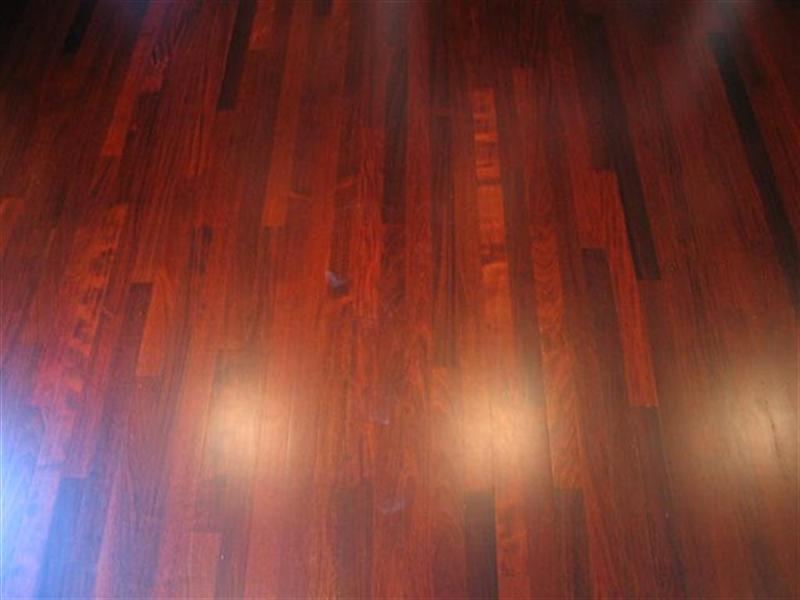Question
We use a lot of red oak for cabinets. Should we use grain filler or vinyl sealer to make the wood smooth? Most have stain applied and I'm looking to get a smooth surface before the topcoat goes on. People don't want to feel the wood grain, they want smooth, and instead of applying multiple coats of clear, I'd rather have a smooth surface to start with. I use SW Highbuild pre-cat lacquer and it does a good job, but I am looking for optimum results.
Forum Responses
(Finishing Forum)
From contributor J:
Filling oak is a lot of work no matter how you do it. No simple sealer will do the trick. Here are your options.
Paste wood filler (oil base) you apply and work into the grain, let dry (overnight) and rub off excess with burlap. Newer style wood fillers (the ones I have used are water base) dry faster and are sanded off. Both types can cause issues and problems with color when staining. Color is usually mixed into the filler to help combat this.
For filling with finish, you need a high solids finish; vinyl sealer won't do. 2K urethane, epoxy, polyester, etc. Still a lot of work, multiple coats and lots of sanding between coats.
Oak is the worst (biggest pores) to fill, and if your customers can't live with an unfilled finish, they have to be willing to pay for the extra time and labor involved in filling the grain. When they see how much the bill is for this, they often opt for another type of wood.
